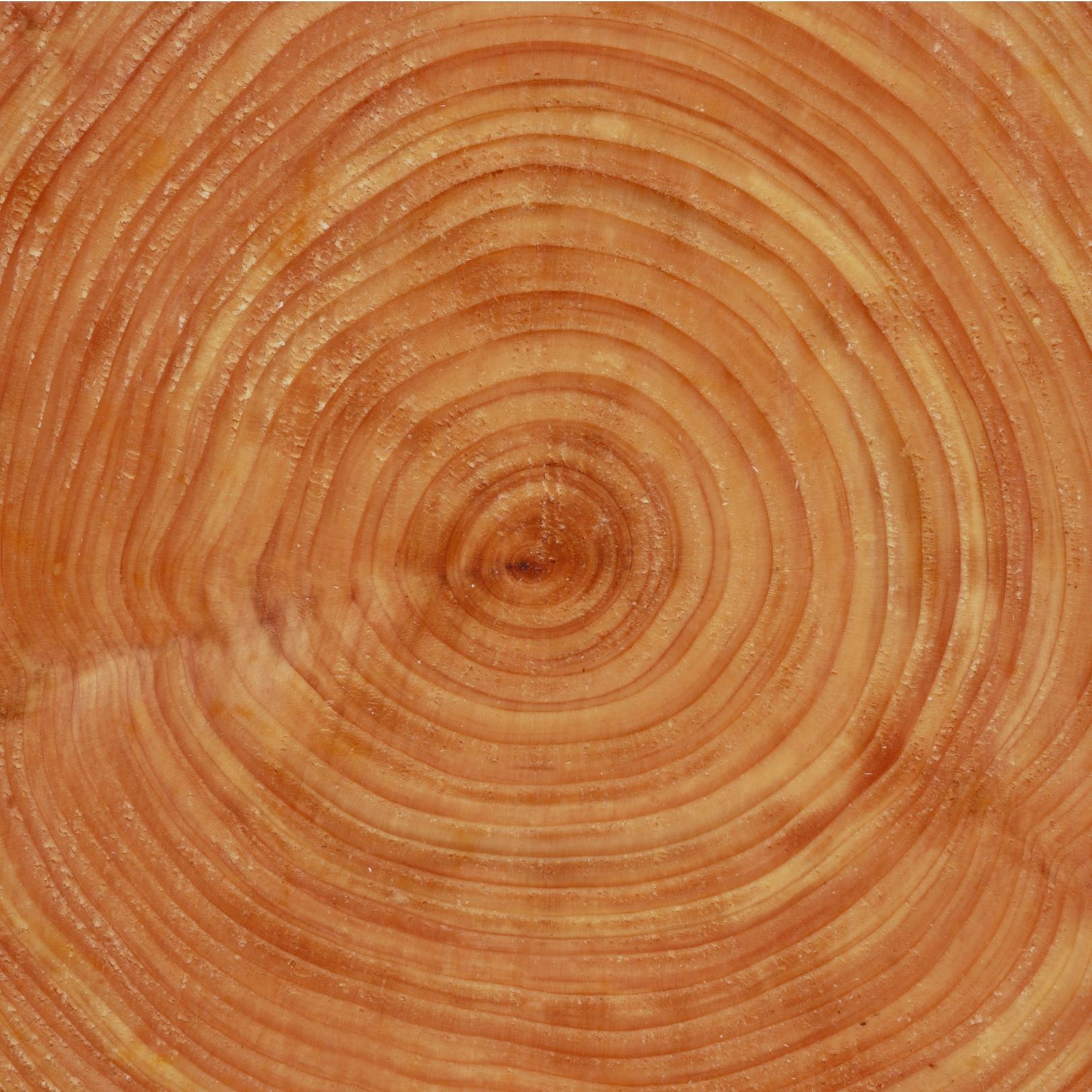Blog
What are Tree Cookies?

By Bob Buring, Naturalist and Nature Ranger
What do a violin, a British scientist, and a cookie have in common? Quite a lot if you were trying to authenticate the masterpiece violin handcrafted by Antonio Stradivari in 1716. After his death, the authenticity of this instrument, named the Messiah, was questioned. At the time it was owned by another master violin maker, so it was suspected to be a copy.
The controversy was finally settled in 2016 by Peter Ratcliff. Living just west of London, this dendrochronologist, using extensive databases of tree-ring images and data, confirmed the legitimacy of the claim of originality.
Dendrochronology, the use of tree rings to date trees, wooden structures, and instruments, is a relatively new science.
These scientists use core samples of living trees and tree “cookies”—cross sectional slices of a fallen tree—to catalog a unique story. This ring record is permanent and may overlap that of another tree or wooden object. When enough of these are placed in sequence, an amazing tool is created to apply to other dating challenges.
Tree rings fascinate both adults and children by indicating the age of these long-lived plants. In worldwide locations with weather variability, a new ring is created each year. In equatorial rainforests with little temperature and daylight variation, most trees produce no rings.
In the early 1900s, Andrew E. Douglass, an astronomer at the Lowell Observatory in Arizona, began looking at tree rings and their relationship to climatic factors. This was the birth of dendrochronology and dendroclimatology—dendro meaning trees and chrono indicating time. Douglass reasoned these annual growth records were a permanent indicator of the climate and weather conditions during the year each ring was formed.
As trees begin growing in the spring, they produce light tan cells, known as early wood. In the fall, growth slows, the cell walls thicken and produce a dark band, or late wood. A year with abundant moisture produces a wide ring; conversely a narrow one is formed in a dry season.
Live trees are cored to obtain a specimen, while dead or fallen ones can be cut as a cross section producing a “cookie.” Scientists prefer live trees that have lived a long time, and after sampling many trees, can cross-date the similar patterns to create a timeline.
When different species of trees are studied around the world the database constructed can be used to date wooden structures, instruments, and archeological artifacts. Since climate may be different in various locations, the geographical origin of ships and other wooden artifacts may be determined. Petrified wood and trees buried underwater for a very long time are also used to extend the study further into the past.
Using these timelines and the extrapolated data, dendroclimatologists have estimated many local climates for hundreds to thousands of years in the past.
Some trees live a long time. In California there is a bristlecone pine named Methuselah that is 4,853 years old. The longest continuous tree-ring record, compiled from many oak and pine trees in Germany, encompasses 12,650 years without missing a year!
With our focus on climate change and the controversy surrounding this topic, climate information going back 12 millennia will certainly help to clarify our future.